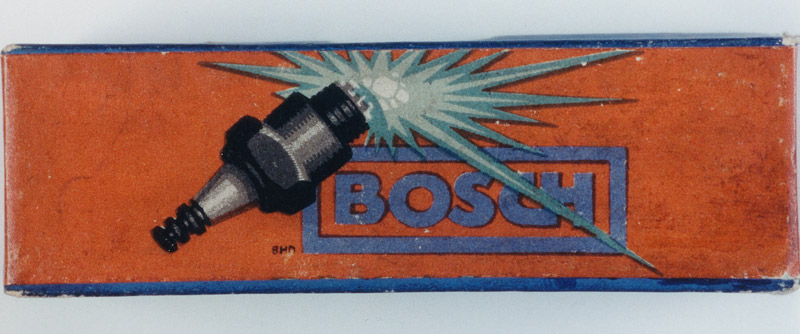Exhibition coordinator: Milica Cukić, MAA
Organizers: Goethe-Institut Belgrad and
Museum of Applied Art, Belgrade
Mr. Hubert Riedel, author of the exhibition will attend the opening ceremony.
Луцијан Бернхард (Луциан Бернхард, 1883 – 1972) је немачки уметник који је имао значајну улогу у обликовању визуелног језика модерне рекламе, који одговара брзом привредном расту и животном ритму који он диктира. Он је творац плаката сведених на приказ предмета и име робне марке (нем. „Счачплакат“, енг.„објецт постер“), тако да се савремени плакат не може замислити без његовог доприноса. Логотипи бројних великих предузећа, као што су Бош, Кафа ХАГ, Пеликан, и данас се заснивају на решењима која је Бернхард предложио почеком прошлог века.
Lucian Bernhard (1883 – 1972) was a German artist who played an important role in shaping the visual language of modern advertising that would matchboth the needs of the fast economic growth and rhythm of life it dictates. He is the author of object posters (Sachplakatt)which restricted the image to simply the object being advertised and the brand name. The contemporary poster design art cannot be taken into consideration without assessment of his contribution. Logos of big companies like Bosch, Kaffee HAG, Pelikan, etc. even today are based on designs Bernhard proposed at the beginning of the last century.
New poster art won recognitionin Germany only in the 1890s having centres in Munich and Berlin. At the beginning of the twentieth century the contemporaries considered the poster design to be of greatest significance. This is proved by regular poster exhibitions held and the fact that the public cultural institutions soon established relevant collections like the ones existing in Berlin, Dresden, Hamburg and Stuttgart. These collections were significant agents encouraging professional approach to advertising. The same role belonged to the “Association of Poster Fans” founded in Berlin in 1905.
Ursula Zellerwrote in the preface to theexhibitioncatalogue: “The early development of design art has been most significantly influenced by Lucian Bernhard. He played the decisive role in building up of a highly functional approach which marked the poster design style at the beginning of the twentieth century. He was also the first professor ever for poster art at the recently founded Department for Advertising Design. In his Berlinstudio he used to create designs for posters, advertisements, lettering and logos but he also made first steps in developing the concept of corporative identity that was best appliedonly in our time, i.e. hundred years later”.
Bernhard brand designs (Bosch, Stiller, Audi…) outlived their creator. And his impact was felt for long time even if his name was not remembered any more. Bernhard himself became prey to the fleeting character of his own creations. The broader audience forgot his glory as soon as his advertisement board posters lost their shine and his daily newspaper ads faded.
It should also be noted that this is the first independent retrospective exhibition of the opus of Lucian Bernhard which follows museological standards and was designed for museum and gallery spaces specifically. His creations have not been presented in such detail either in Germany or in the USA where Bernhard had lived since 1923. The exhibition will offer unique possibilityto our design fans to get insight into the works of one of the advertising and design pioneers at the beginning of the twentieth century.











